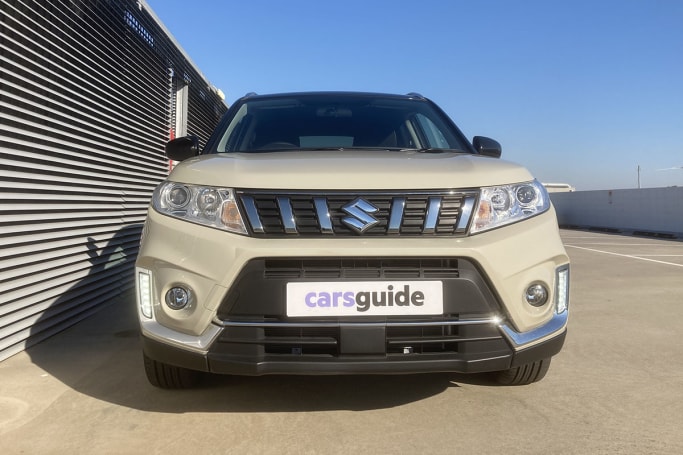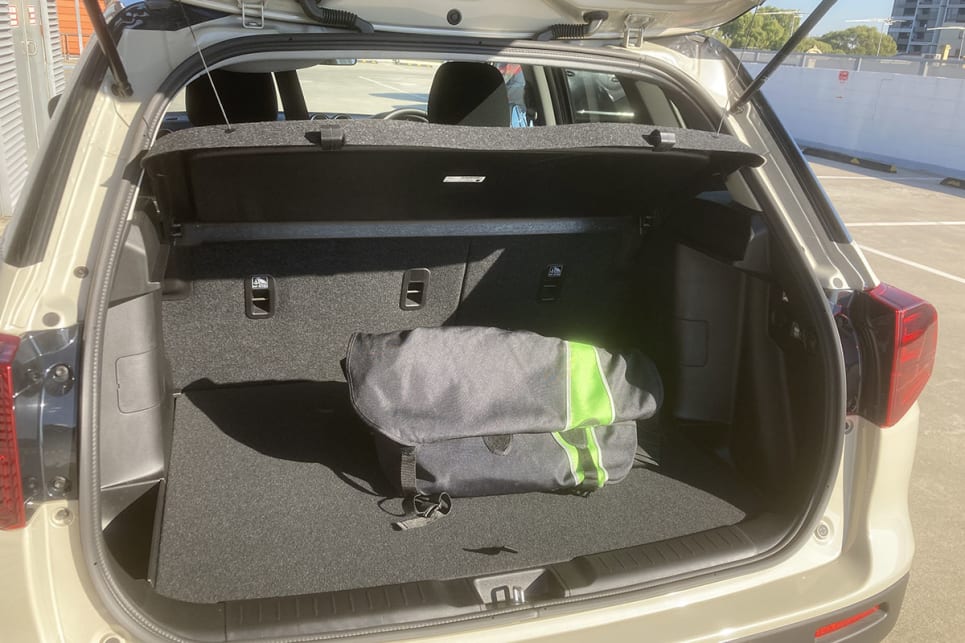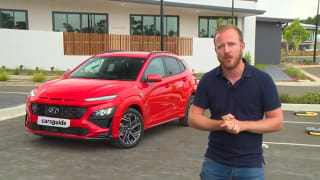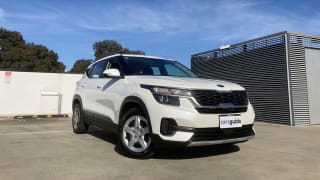Call it a Covid tax, but the price of the base auto Vitara has jumped $2000 this year, to $26,990 before on-road costs. Top tip: you can save yourself $2000 if you elect to drive the sweeter manual version instead.
Either way, however, this is a problem for buyers, because it puts the ageing small SUV right up against newer competitors with substantially more driver-assist safety features, namely autonomous emergency braking (AEB)… that just aren’t available in the non-turbo Vitara. You'll need to spend well over $30K for the Turbo grades.
Most opponents have these and more, as standard or optional, like blind-spot monitoring, rear cross-traffic alert, lane-keep assistance and adaptive cruise control and automatic high-beam headlights. For some people, the missing safety kit is the deal breaker in the Suzuki. In its defence, an all-new model is coming and this is probably the final full year of the LY series.

If you can't wait and are prepared to see past the lack of AEB, what does the Hungarian-built base Vitara score? Seven airbags (including a driver’s knee item), stability control, anti-lock brakes with electronic brake-force distribution and brake assist and traction control. Nothing revolutionary here. Pretty much like everything else has had these as standard over the past decade.
However, the ever-wily Suzuki does make up for the lack of driver-assist safety with items usually found on mid-grade versions of rival SUVs, like imbedded satellite navigation (as part of a colourful multimedia touchscreen system that also houses a reverse camera, Apple CarPlay/Android Auto and Bluetooth connectivity), voice control, paddle shifters, keyless entry/start, climate control air-con with pollen filter, front fog lights, roof rails and 17-inch alloy wheels (shod with quality Continental tyres too, no less). Plus, there are even a pair of engine-output gauges showing maximum power and torque use – just like in a Rolls-Royce. Fancy/useless gimmickry.

If you’re blissfully unaware of the safety spec shortages or just don’t care, such little luxury extras speak volumes on a glitzy showroom floor.
But then you might clock the lack of digital speedometer and digital radio as reminders that this Vitara is from an earlier era.
Adding premium paint costs $500 while two-tone paint costs $450 more.
The value advantage the Vitara has enjoyed until this year has worn perilously thin.





















